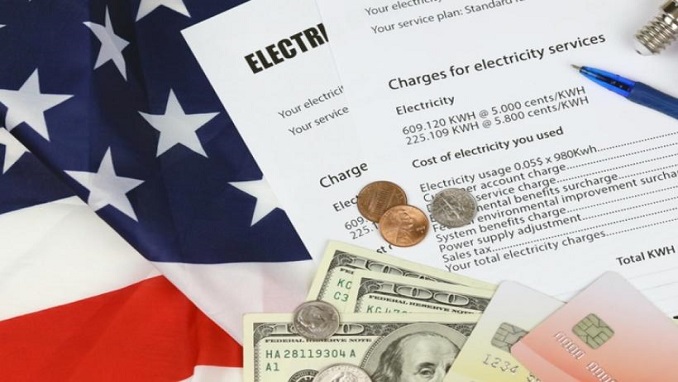
The average U.S. household owes more than $165,000 in debt.
The year 2022 was an expensive year. The cost of living is rising faster than incomes across the U.S., forcing people to take on more debt to make ends meet. Interest rates have also increased, due to inflation making debt more costly.
A new study by NerdWallet found that households in the U.S. have reached a total debt of $16.5 trillion. It marks a 7.65 percent increase in debt from the year before.
Mortgages, auto loans, and overall debt are up. Credit card balances carried from month to month have also gone up over the past year, now totaling roughly $460 billion.
Meanwhile, the average student loan debt has dropped down a bit.
The average U.S. household owed about $222,000 in mortgages, $17,000 in credit card debt as well as $29,000 in auto loans last year. An average of $58,000 is owed in student loans, a 0.6 decrease from the year before.
The study uses government data from the U.S. Bureau of Labor Statistics and the Federal Reserve Bank of New York to analyze household debt has shifted over the last year. The new study also surveyed more than 2,000 U.S. adults to gauge how people about their debt and future finances.
Household debt has increased over the past year across the U.S. in part because the cost of living is outpacing income. The average household income grew only by 4 percent last year. But the overall cost of living went up, climbing 8 percent.
Consumers are anxious about finances over the next year. Nearly 7 in 10 Americans, meaning 69 percent, have financial concerns about the next 12 months.
The primary worry among Americans is having to go into debt or even more debt to cover necessities. The second top worry is having to pay higher interest on their debt.




Be the first to comment